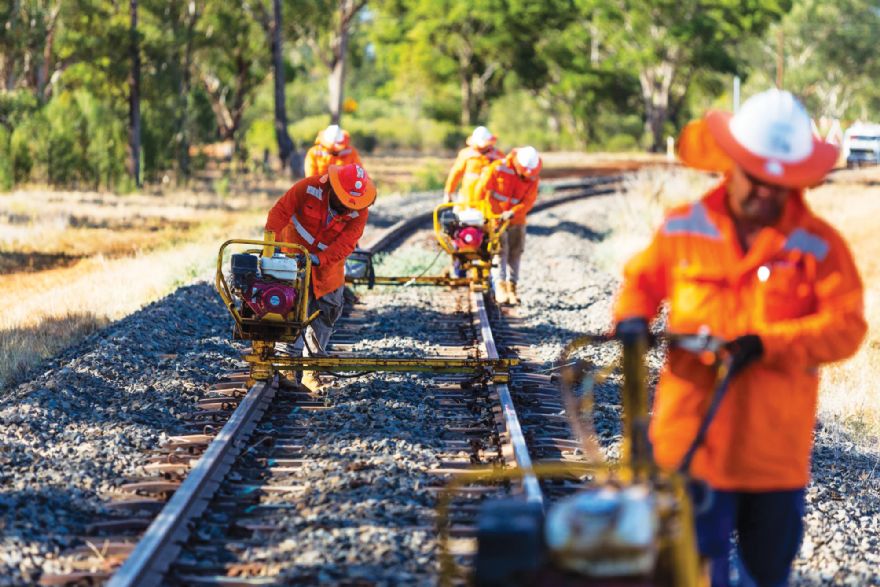Australia announces its Office of National Rail Industry Coordination
Posted on 17 Nov 2022. Edited by: John Hunter. Read 1706 times.

The Australian government has introduced its Office of National Rail Industry Coordination (ONRIC), saying this will lead a national and coordinated approach to address challenges facing the rail manufacturing sector, adding that the office will deliver the Australian government’s AU$14.2 million National Rail Manufacturing Plan. The is part of the government’s ‘A Future Made in Australia’ commitment that will ‘create skilled manufacturing jobs by building more trains in Australia’.
The office will work closely with state and territory governments, manufacturers, ‘industry peak bodies’, unions and research organisations to implement the plan that will: establish a Rail Industry Innovation Council to boost local R&D, skills and capabilities; appoint a rail supplier advocate to help small and medium-size enterprises access export and government supply opportunities; and develop a ‘National Rail Procurement and Manufacturing Strategy’ to support industry productivity and facilitate opportunities for Australian manufacturers.
The Australian government is also delivering its plan ‘to create a better future for Australians’ by investing AU$111.3 million through targeted grants to stimulate regional manufacturing. Minister for Industry and Science, Ed Husic, said: “We are delivering on the commitments we took to the Australian people to build a stronger and more resilient future. We want to be a country that makes more onshore, and that means backing the businesses that are making things here and supporting manufacturing in regional Australia.”
The government is also working to establish the AU$15 billion National Reconstruction Fund to ‘diversify and transform Australia’s industry and economy’. This will deliver targeted co-investments in independently assessed projects across seven priority areas — resources; agriculture, forestry, and fisheries; transport; medical science; renewables and low-emission technologies; defence capability; and ‘enabling capabilities’. Some AU$50 million over two years has been allocated to establish the framework for the fund.